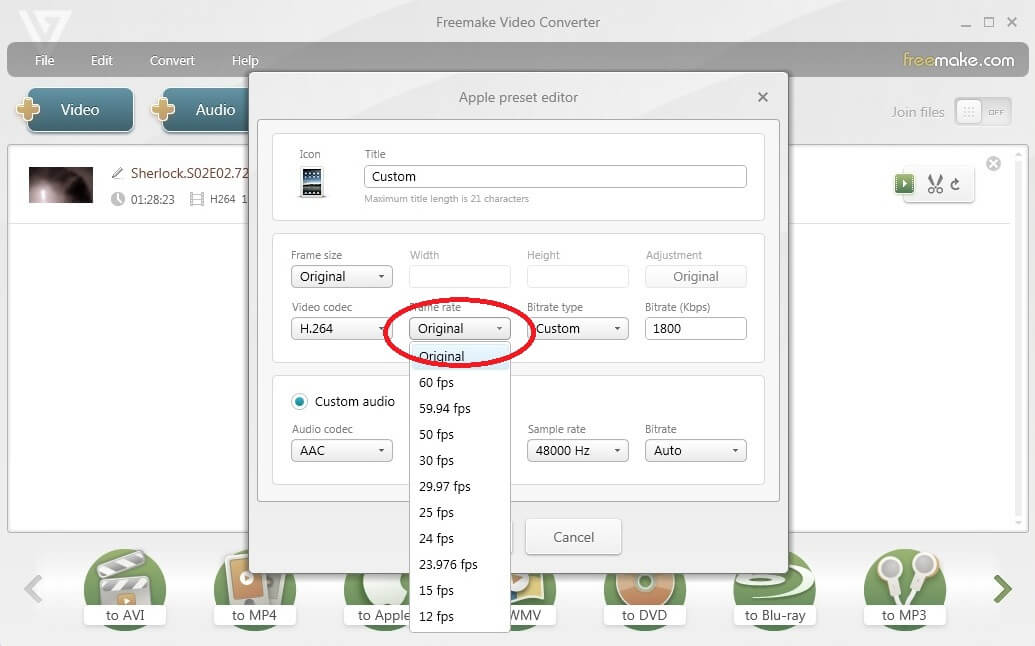
Change an image to black and white, and Word still retains the original full-color image.
#HOW TO REDUCE A FILE SIZE FREE FULL#
The means if you crop an image in your document, Word still retains the full original image. When you edit an image in Word, it stores all of your image edits as part of the document. While You’re Saving Your Image, Do Your Editing But if it’s a small image or you don’t need super high quality, using a lighter weight format and inserting the picture can help. Sometimes, you’re going to need the better image quality that formats like BMP and PNG can offer. Of course, you can’t always get away with this. Scaled up, that’s the difference between a 10 MB document and 4 MB document. Even better, using the GIF format resulted in a document that was over 60% smaller. Pasting that screenshot into Paint, saving it as a JPG, and then inserting that JPG into a blank document caused the document to jump to only 331 KB. Pasting the small screenshot below directly into an otherwise blank Word document made that document’s size jump from 22 KB to 548 KB. A simple alternative is to paste your image into an editing programme instead, save it as a smaller format like JPG, and then use Insert > Picture to insert the image into your document instead. One of these assumptions is that you want the pasted image to be a BMP format, which is a large file type, or sometimes PNG, which is still quite large.
#HOW TO REDUCE A FILE SIZE FREE HOW TO#
When you copy and paste an image into your document, Word makes certain assumptions about how to deal with it. Insert Your Pictures Instead of Copying and Pasting Them Nothing else we suggest below will do more to reduce your file size, so if you have. doc file that contained six images, various tables, and formatting marks. Word does this conversion by creating a brand-new version of the document in the new format, so you’ll still have your old. doc file, open it in Word and click File > Info > Convert.Ĭlick “OK” on the prompt that appears, click the “Save” button, and Word converts your document to. We’ve tested all of the tips in this section, so we know they work. Sometimes this is because they don’t apply to your situation (if you’ve got no images then tips on compressing images won’t be of use) but sometimes the tips are just plain wrong.

Not every tip you find will be useful to you. Tips that Will Definitely Help Reduce a Document’s Size

We’ve got a lot of tips to share, so we’ve broken them down into things that will definitely help reduce the size of a Word document, things that might help, and some commonly-suggested tips with which you shouldn’t bother. This is partly because sites like How-To Geek have written comprehensive articles explaining how to do this, and partly because, well, images always seem to bump up the size of a Word document beyond reason. You should still go ahead and follow the tips we wrote in that article because if you’ve got images, they’ll help you.īut if you haven’t got images, or you’ve followed those tips and need to reduce the file size more, we’ve got you covered. When you’ve got a Word document that’s a bit too large, the first thing you’ll try is compressing the images in it. If you’re dealing with a huge document, here are some things you can try to reduce its file size. But it also seems like documents can grow out of hand for seemingly no reason at all. Word documents can get huge, unusually long, complex documents with loads of embedded images, fonts, and other objects.


 0 kommentar(er)
0 kommentar(er)
